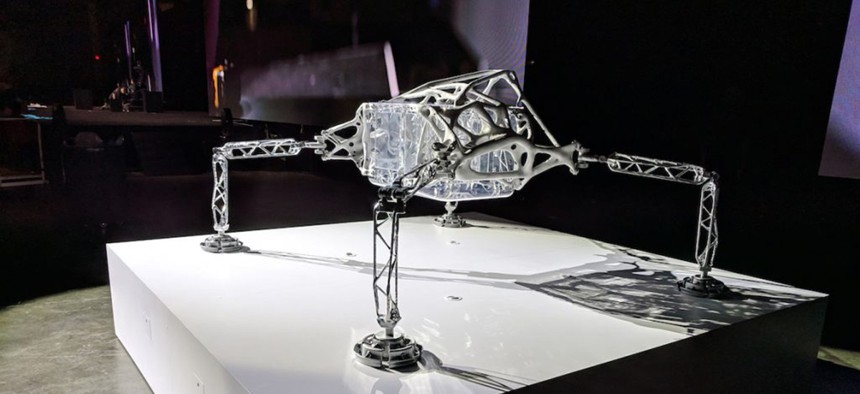NASA Collaborated With Autodesk To Design A New Interplanetary Lander

Autodesk's concept lander Autodesk
Figuring out a way to explore distant moons requires some creative thinking.
Trying to land a vehicle on the moon of distant planets is a risky endeavor. So engineers and scientists aren't too keen to experiment, and they want technology that's been proven to be solid and reliable.
But NASA's Jet Propulsion Laboratory decided to join forces with Autodesk to explore ideas for a different kind of interplanetary lander that could potentially explore the moons of Jupiter and Saturn.
Autodesk is the software company behind AutoCAD software, often used in architecture, construction and manufacturing. The company discussed the partnership on its website on Wednesday.
So what does the partnership entail?
A team of five NASA engineers and five Autodesk engineers collaborated to make new lander prototypes.
Instead of using traditional designs and materials, this collaboration of engineers used machine intelligence and cloud computing to generate new ideas for lightweight landers. And a light weight is crucial to making a a journey that's at the very least 365 million miles.
Over 18 months, the team created a spider-like structure through 3D printing that can hold a variety of instruments and ended up with a prototype that weighs 35 percent less than the average baseline for a NASA lander.
Although it's not clear if this particular aluminum spider will make the journey across the solar system, it was put on display at Autodesk's annual conference in Las Vegas.






